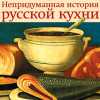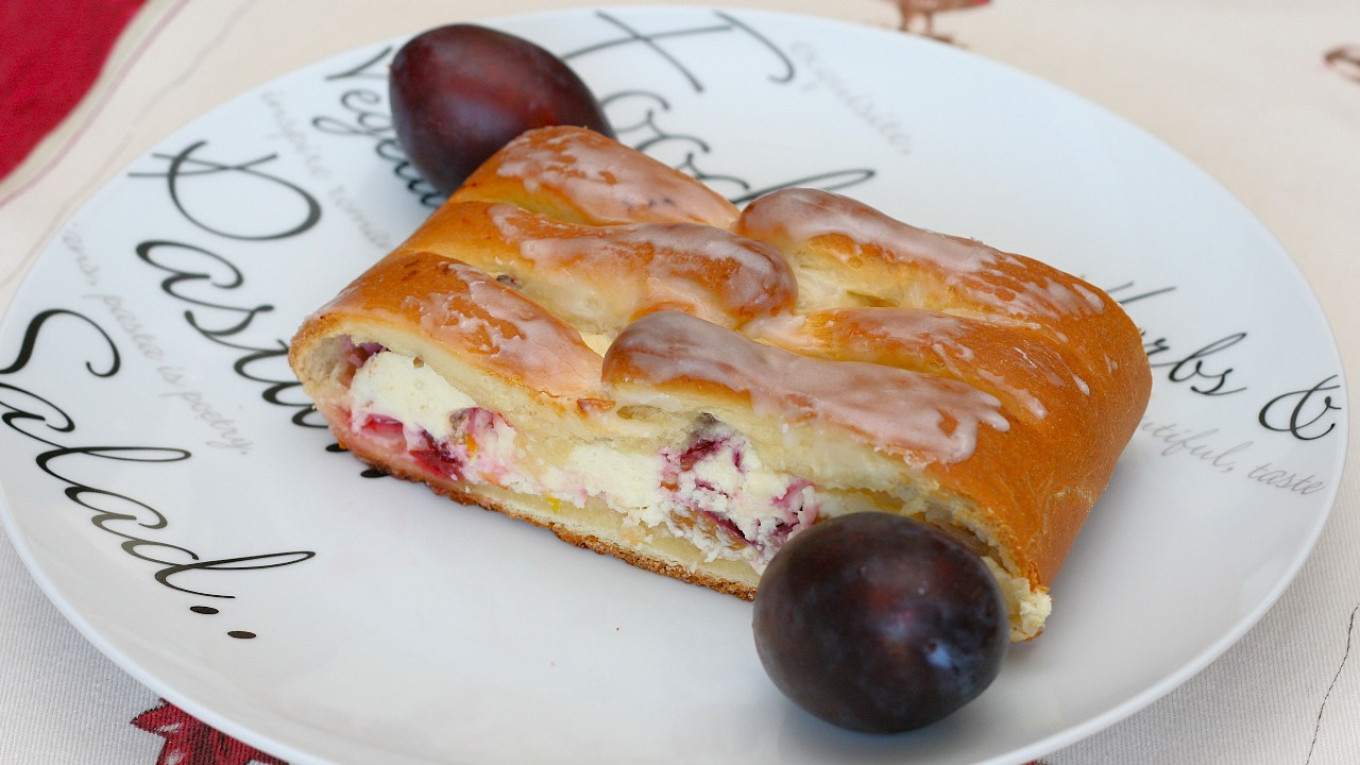Russian cuisine boasts a huge variety of pies: kulebyaki, restegai, kurniki and kalitki. Today it is virtually impossible to discover where and when they were invented. After all, few of them are named from the place they were first made.
But Pechersk pies were most likely invented the Kyiv-Pechersk Lavra (monastery). The Laurentian Chronicle (1074) writes that there was a whole cookhouse (kitchen) there with a large staff of monk-cooks. A sad story about the beginning of Russian cuisine is connected with these times.
After the death of Prince Vladimir (who "baptized" Russia), Prince Svyatopolk came to power in Kyiv in 1015. To remove competitors to the throne, he ordered his brothers Boris and Gleb to be killed. Prince Gleb had an “elder cook” named Torchin.
The story of Torchin was originally written in the “Tale of Boris and Gleb,” which was one of the most important works of Old Russian literature, written in the middle of the 11th century. We cooks are only interested in a small fragment of the chronicle. There the messenger gives Gleb the news about the death of his father and the murder of his brother Boris. When Gleb, saddened by grief, sailed down the river in a small boat, he was overtaken by assassins sent by Prince Svyatopolk. Gleb, realizing that his brother Svyatopolk had betrayed him, said in a humble voice: “Since you have already begun, having begun, do what you have been sent to do.” The bandit leader gave an order to Torchin, Gleb's cook, who killed his master with a knife.
This is the first mention of a Russian cook in history.
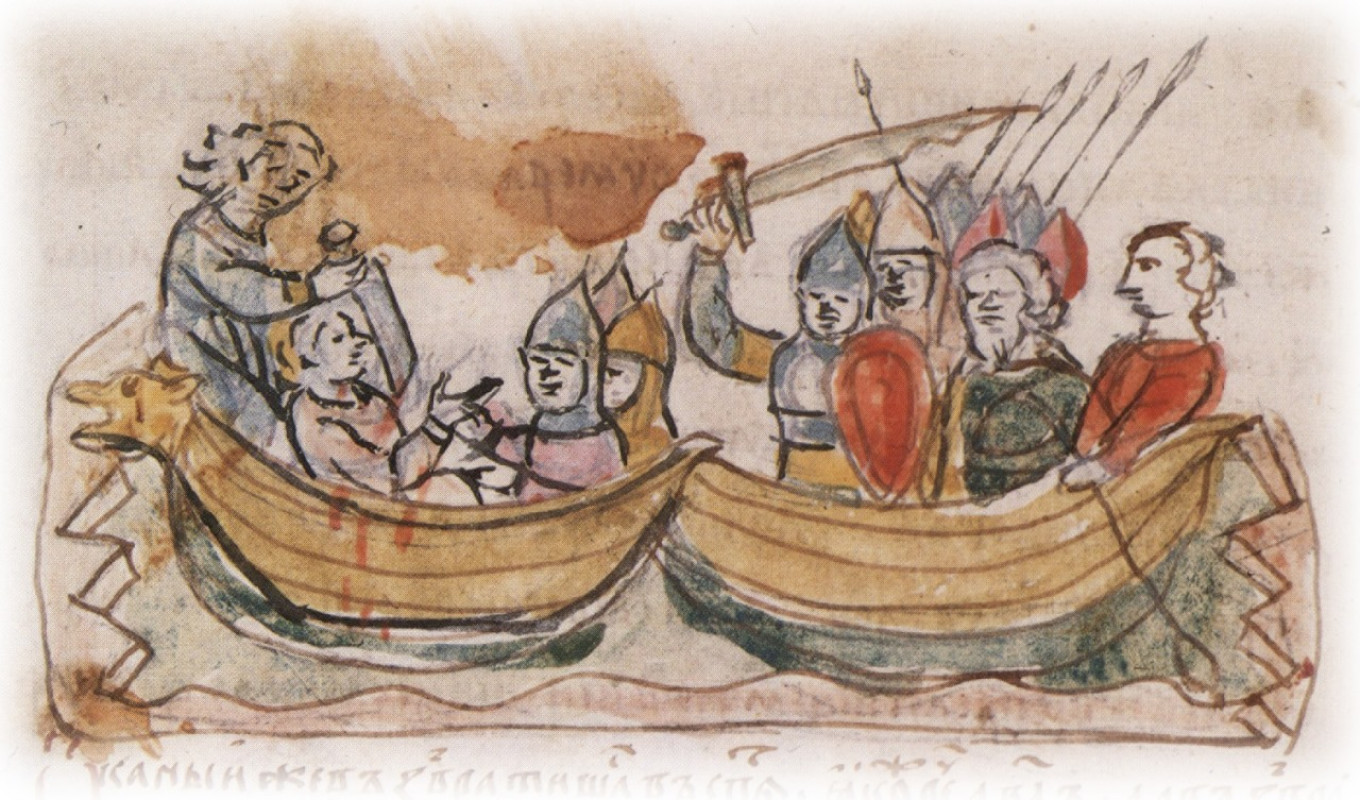
But let's return to the Pechersk pie. The cooks of Kyiv-Pechersk monastery were very skilled. Prince Izyaslav of Kyiv (1024-1078), who had traveled far beyond the borders of the Russian land and seen a great deal, especially liked to share meals with the Pechersk monks.
The monks of this monastery have long known the secrets of making many different kinds of dough. Chronicles mention that the novices of the Kyiv-Pechersk Lavra knew how to make delicious malt rye bread that would last a long time and not get stale.
By the 17th century people liked to have unleavened Lavra bread with their tea, and the best products of Kyiv bakeries were inferior to the white bread baked by the monks. The people of Kyiv would get these cherished loaves from monks they knew. “Lavra bread” was counterfeited by Podolsk bakers, who made good money selling it.
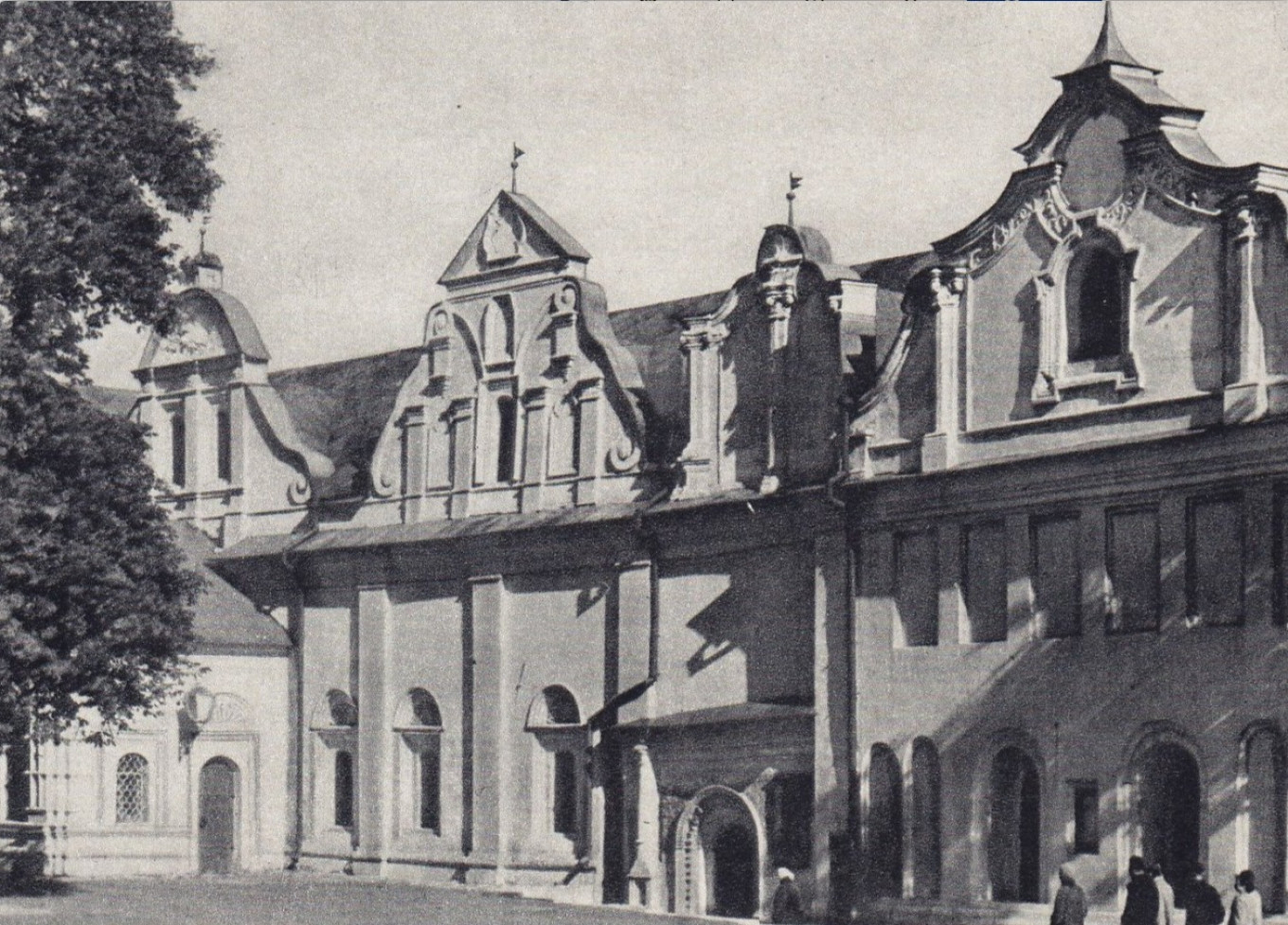
Pechersk pies are found in one of the first Russian cookbooks, “Russian Cookery” published in 1795-97 by Vasily Lyovshin. Here’s the recipe:
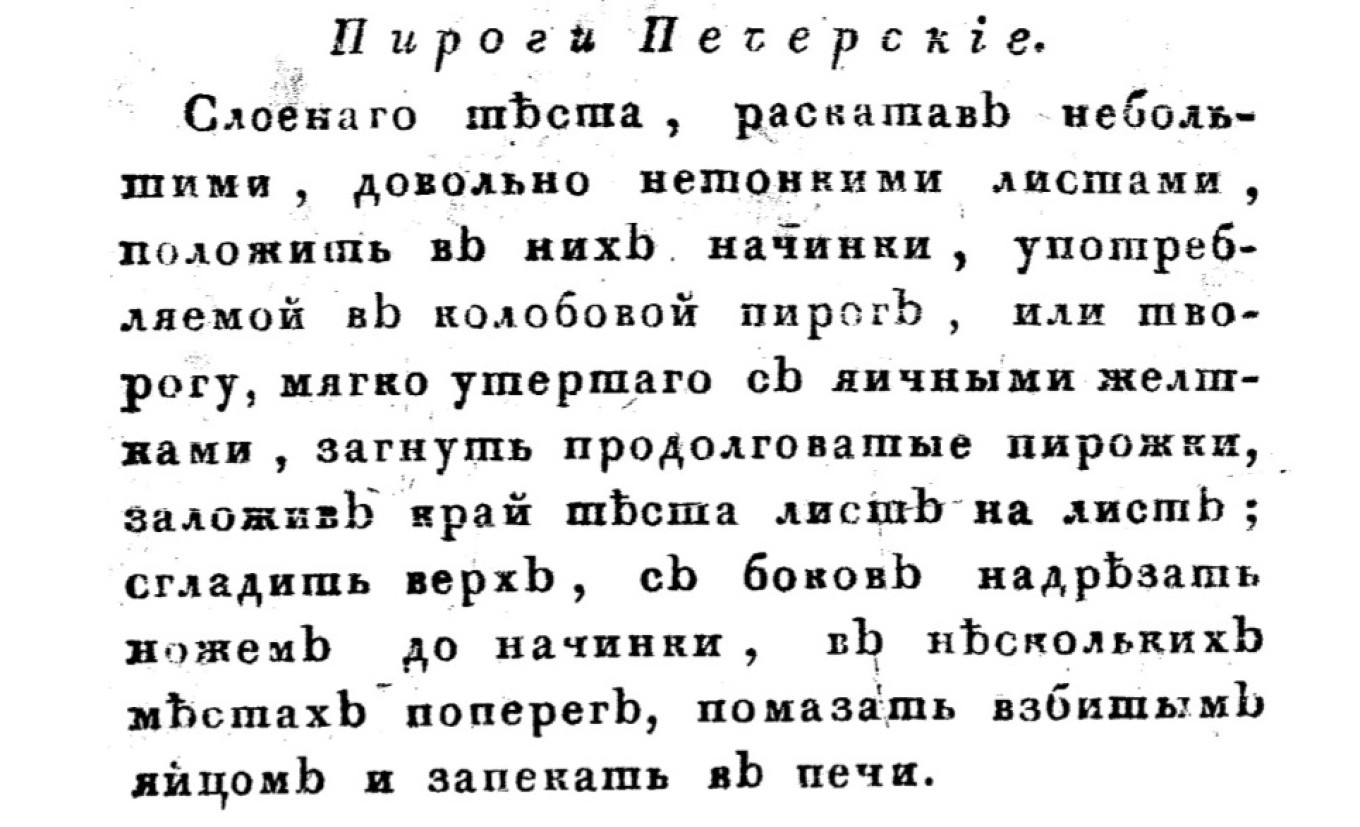
“Roll out puff pastry into small, fairly thick sheets, fill with meat stuffing or cottage cheese with slightly whisked egg yolks. Bend the oblong patties and place so the edge of the dough is on the next sheet. Cut the sides with a knife down to the filling, baste with beaten egg and bake in the oven.”
The love of Kyiv citizens for fresh Pechersk pies has been passed down through the centuries. People would walk to the Lavra for them, crossing all of Kyiv, sometimes many miles one way. “Those Lavra pies had such marvelous flavor!” recalled the singer Alexander Vertinsky. “They were such a delight. One pie was enough to sate your hunger.”
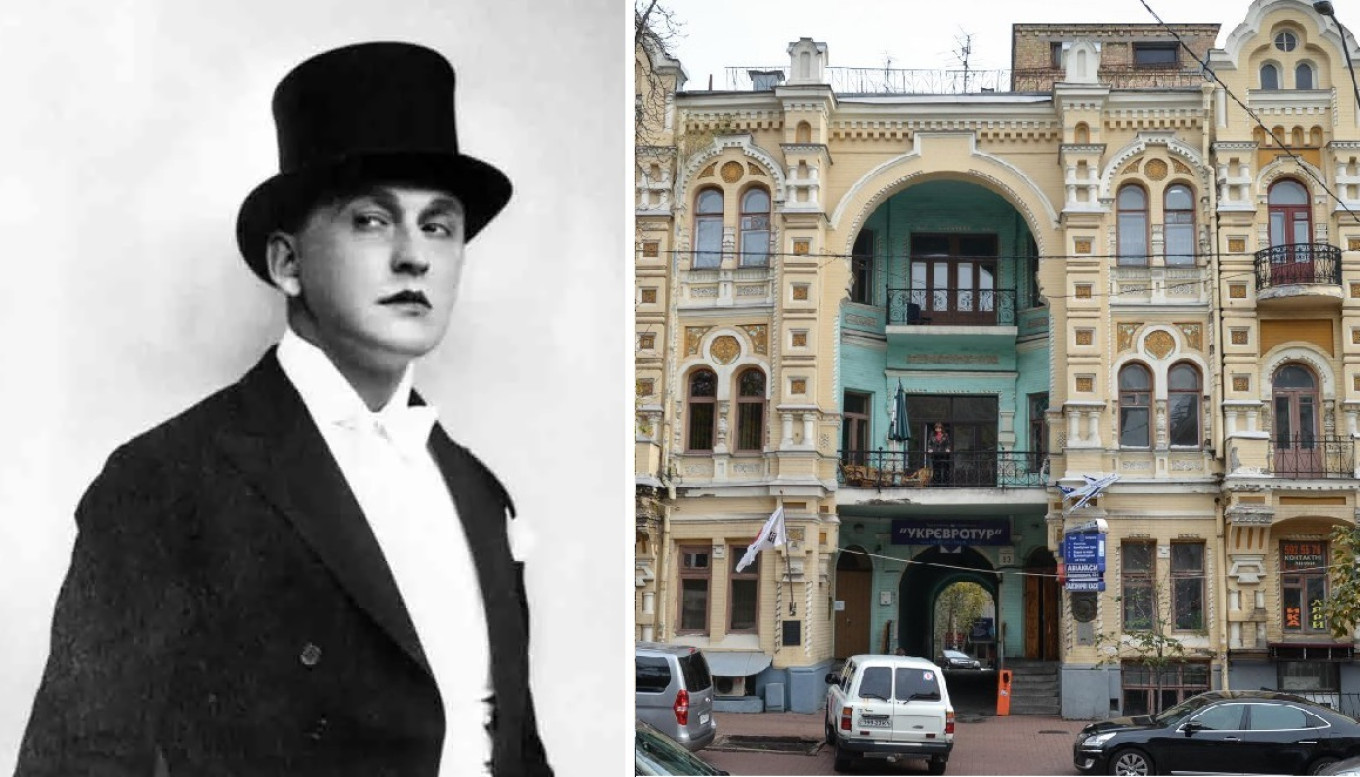
We can enjoy almost the same delight today.
Pechersk Plum Pie
Ingredients
For the pie
- 300 g (10.5 oz or 2 1/3 c) flour
- 50 g (1.7 oz or 1/4 c) sugar
- 1 egg
- 125 ml (1/2 c) milk
- 50 g (3 ½ Tbsp) butter, melted
- 15 g (0.5 oz or about 5 tsp) pressed or 5 g (0.2 oz or 1 ¾ tsp) active dry yeast
- 1/4 tsp salt
For the filling
- 400 g (14 oz or about 2 c) plums
- 1 egg
- 250 g (8.8 oz or 1 1/8 c) dry cottage cheese or pot cheese
- 100 g (3.5 oz or ½ c) sugar
- 2 Tbsp vanilla pudding powder
- 1 tsp lemon zest
- 1 Tbsp lemon juice
For the glaze:
- 1 Tbsp lemon juice
- 3 Tbsp powdered sugar
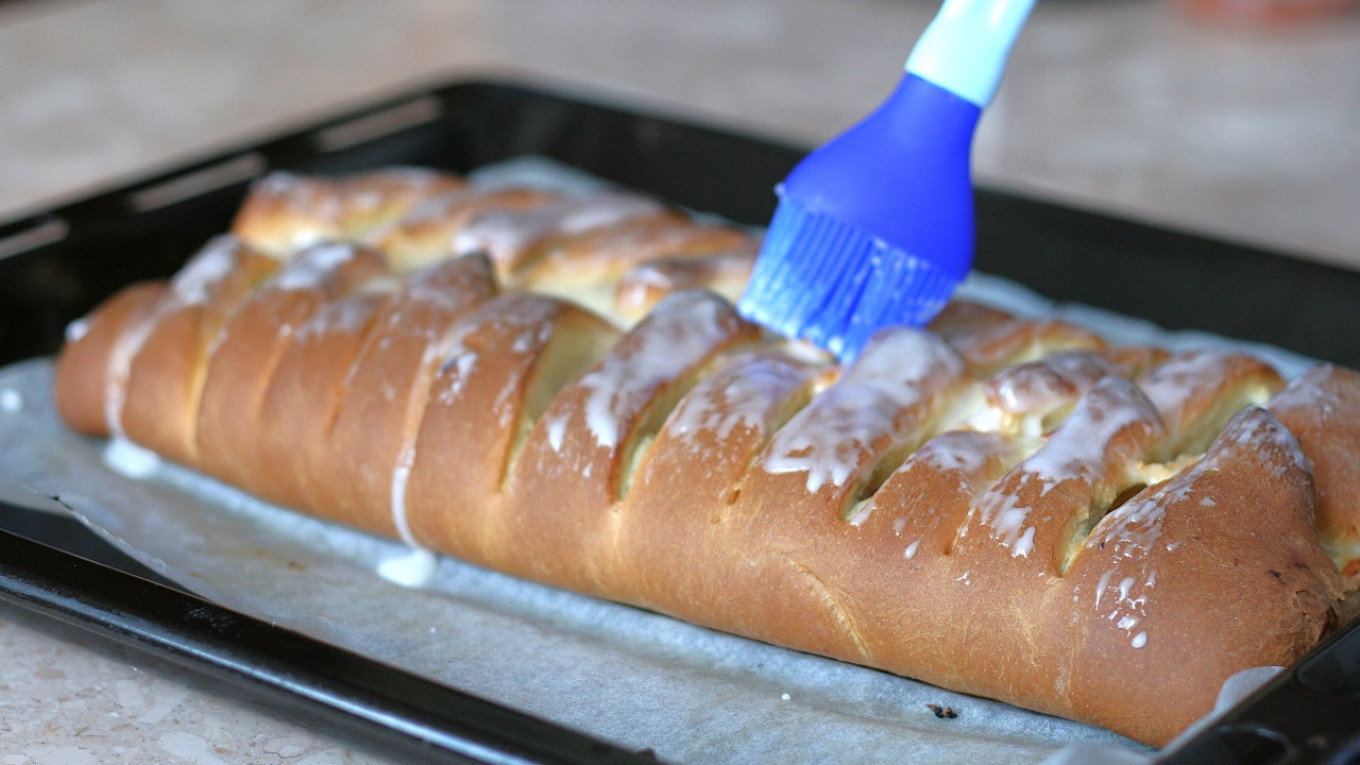
Instructions
- The dough for the cake is "straight dough" (single mix), that is, dough in which all the ingredients are mixed together at once. Pour warm milk — 30-40°C / 86-104°F — into a large bowl. Add sugar, salt, egg and whisk. Gradually pour in flour together with dry yeast. Knead the dough for a long time, about 15 minutes, and when it is almost ready pour in the melted butter.
- The dough is done when it doesn’t stick to your hands. When you have finished kneading it, sprinkle the dough with flour, cover the bowl with a lid and put in a warm place to rise for 2.5-3 hours. Be sure to punch down and knead the dough twice during this time. Before cutting, knead the dough once again.
- While the dough is rising, make the filling. Remove the pips from the plums and chop the fruit finely. Beat egg with sugar, add the cottage/pot cheese, vanilla pudding powder, lemon zest and juice. Fold the plums into the curd mixture.
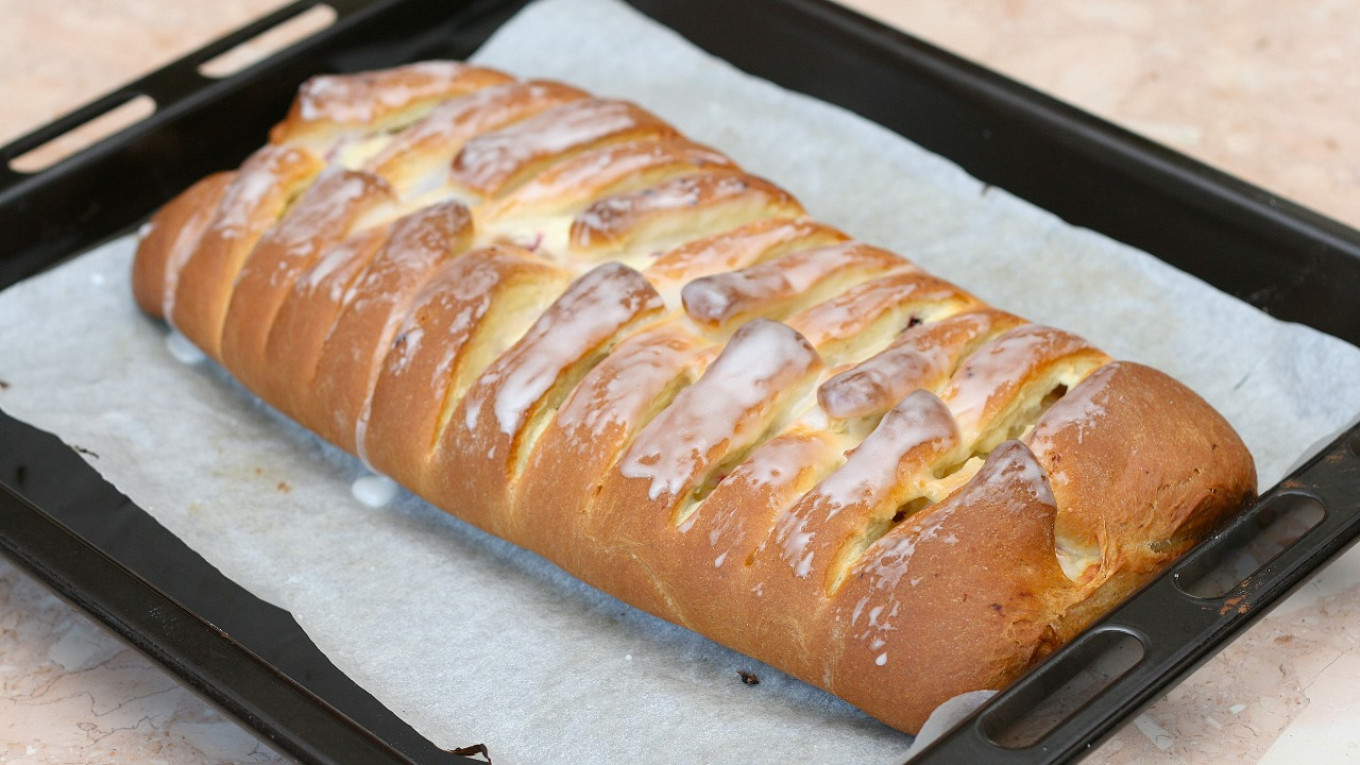
- Place baking parchment on a baking tray. Preheat the oven to 180°C /355°F.
- Roll the risen dough into a 35x30 cm (14x11 inch) square and place it on the baking tray. In the middle of the dough (about one third of the width) spread the plum-cheese mixture from the top to bottom edges. Cut the dough on either side of the filling into strips about 2 cm (1 inch) wide. Then pull them over the filling so they meet (see photo) and leave it to proof for 30 minutes.
- Bake the pie in a preheated oven for 30 minutes. While it is baking, prepare the glaze: mix powdered sugar with lemon juice. As soon as the cake is ready, pour the glaze over the still hot pastry. Cool the cake completely and serve.
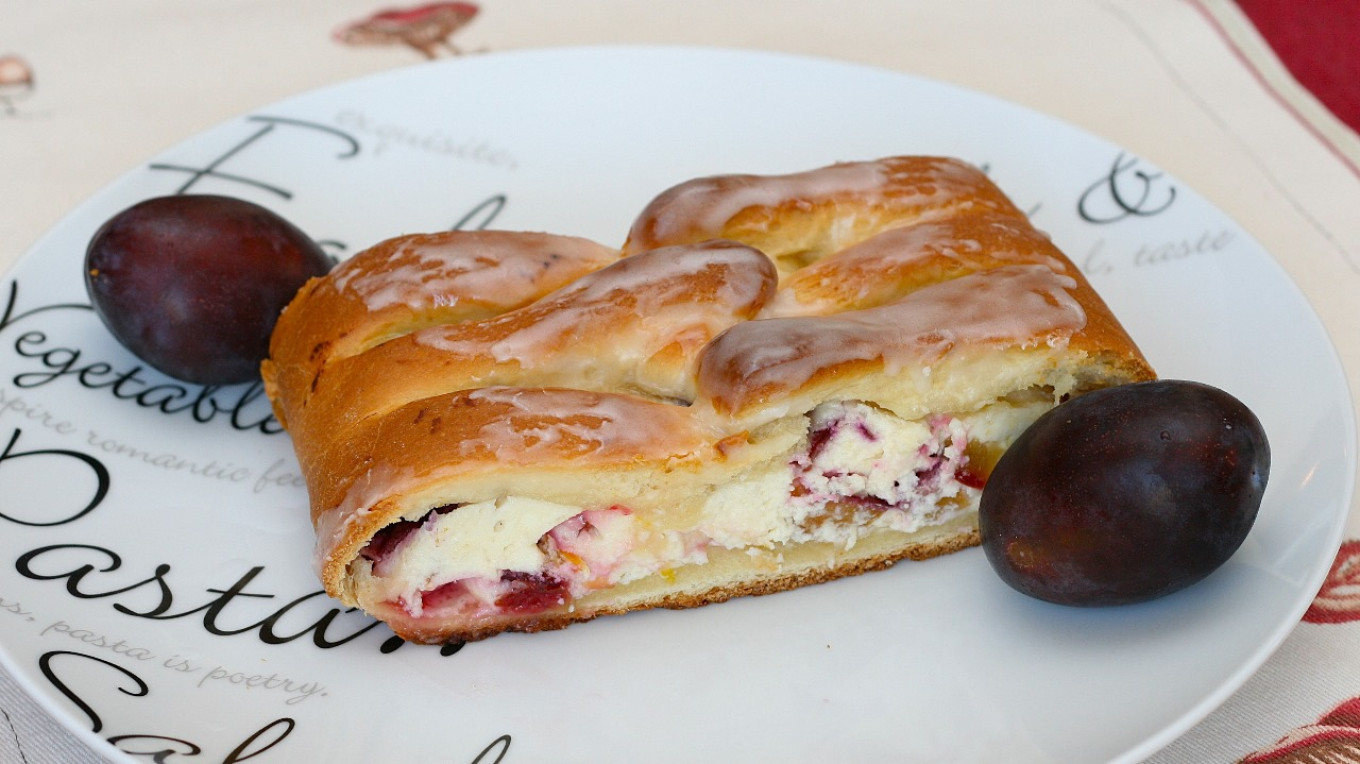
A Message from The Moscow Times:
Dear readers,
We are facing unprecedented challenges. Russia's Prosecutor General's Office has designated The Moscow Times as an "undesirable" organization, criminalizing our work and putting our staff at risk of prosecution. This follows our earlier unjust labeling as a "foreign agent."
These actions are direct attempts to silence independent journalism in Russia. The authorities claim our work "discredits the decisions of the Russian leadership." We see things differently: we strive to provide accurate, unbiased reporting on Russia.
We, the journalists of The Moscow Times, refuse to be silenced. But to continue our work, we need your help.
Your support, no matter how small, makes a world of difference. If you can, please support us monthly starting from just $2. It's quick to set up, and every contribution makes a significant impact.
By supporting The Moscow Times, you're defending open, independent journalism in the face of repression. Thank you for standing with us.
Remind me later.

